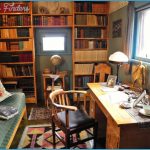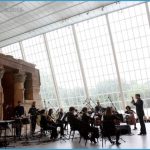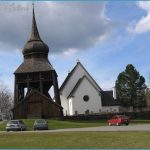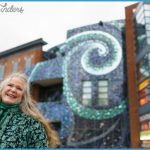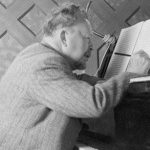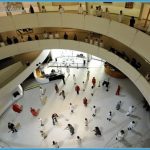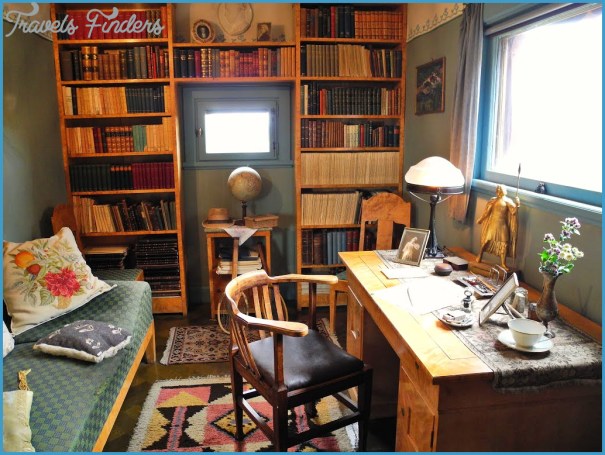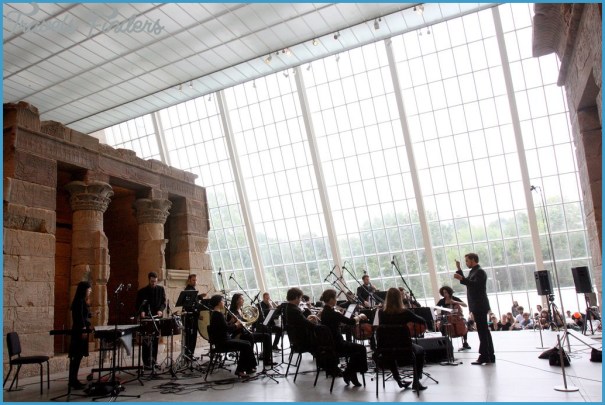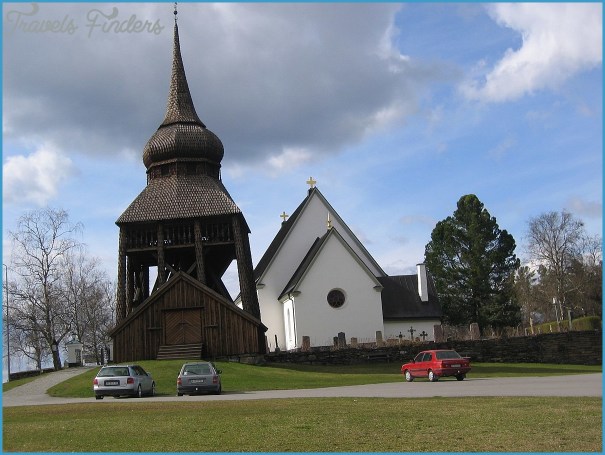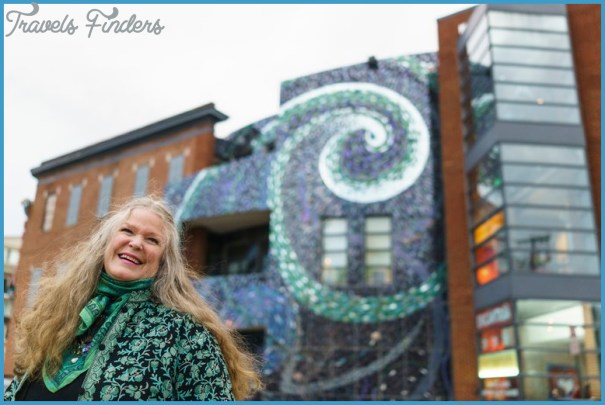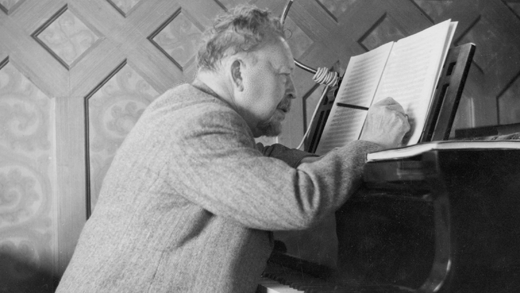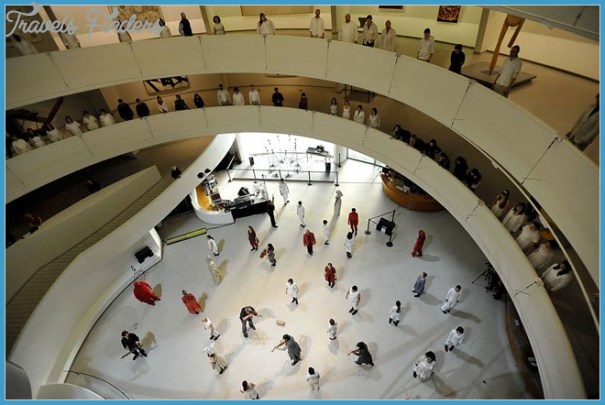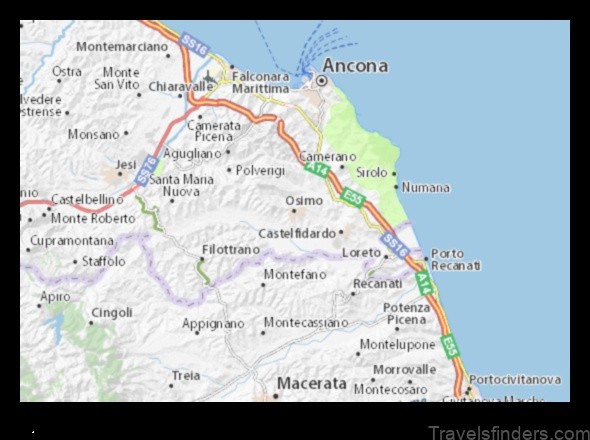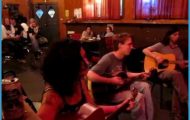PETERSON-BERGER MUSEUM
Best known during his life as the controversial music critic P-B’ of the Stockholm newspaper the Dagens Nyheter, Wilhelm Peterson-Berger (1867-1942) has become the best-loved and most oft-performed of Swedish composers, and an icon of the Swedish Romantic movement. His Third Symphony and Violin Concerto are especially popular; among Swedish amateurs his choral works, songs and piano pieces, which make use of folk music, are a staple. A great admirer of Wagner, Peterson-Berger produced his own Swedish Gesamtkunstwerk, which he based on an 11th-century saga. Arnljot, a three-act spoken drama with incidental music, which he composed in 1910, is still performed every summer in an open-air theatre on the tiny, hilly island of Froson.
PETERSON-BERGER MUSEUM Photo Gallery
Froson is where Peterson-Berger, a confirmed bachelor, spent nearly all his summer holidays from 1889, and he retired there in 1930. The island in Lake Storsjon is today connected to the mainland by a bridge to Ostersund, the main town of the north-central region of Jamtland. Many of his works make specific reference to the island and in particular the Frosonblomster’ (the wild flowers of Froson). In 1910 he purchased a five-hectare plot of land near the church on the island’s south-west side, looking out over the Storsjon and the mountains beyond. There were no buildings, only pine and birch forest and fields. It was only in 1913, when his mother, Sofia Wilhelmina Peterson (nee Berger) died, that he could afford to build a house.
His first summer there was in 1914. Sommarhagen’ is a fine example of Swedish Romantic domestic architecture. It is a two-storey house with basement, made of coarse-cut timber. The roof was originally turfed, like the tool and wood store behind the house today. At the front there is a covered veranda and entrance decorated with barley-sugar pillars and folk art. Upstairs, verandas and outside staircases to the ground are provided for both the master bedroom and the guest suite: the stairs may have been a sensible fire precaution but they also enabled the composer and his friends to come and go, unnoticed, at will. Peterson-Berger even had a peephole made so that he could observe unwelcome callers from his bedroom balcony and slip away undiscovered. At the rear of the house is his beloved tennis court and, a short distance away, a summerhouse for his faithful manservant, Carl Johan Wenngren.
To the north of the house, a bust of the composer adorning a plinth serves as a gathering point for parties of visitors. Immediately inside, one enters a brightly painted, double-storey music room, dominated by the grand piano and the ornamented, exposed roof trusses above and the staircase up to the balcony Sommerhagen, Peterson-Berger’s house, Froson Peterson-Berger’s music room over the stone fireplace. Above the light-blue wainscoting, the walls, pale yellow, are decorated with paintings of potato plants by a local artist, Paul Jonze. At the apex of the outer roof truss is a red glass window that Peterson-Berger called the Eye of Love’ in memory of his mother; in late July evenings the sun shines through it and into the fireplace, creating (shades of Wagner!) an illusion of fire. To the right of the fireplace is Peterson-Berger’s study, with views to the south and west.
On his desk – along with a baton, writing implements and his glasses – are cigars, an apple and a glass of glogg. Other distractions from composing include his straw hat, a tennis racquet and balls, a globe and his cat’s travelling basket. The former diningroom is now a library and exhibition room with portraits and a large carved wooden bust of the composer as well as photos of him frolicking with his cat and playing tennis with his friends. To the left of the fireplace is the kitchen and servant’s room, with access to the cellar. Upstairs, above the kitchen, is the guest suite, light and airy like Peterson-Berger’s own rooms at the front, with big windows and alcoves to protect the beds they shelter from draughts. In 1916 the composer had a telephone installed and in 1928 central heating. Peterson-Berger died in Ostersund at the age of 75 and was buried on the island, in the churchyard near Sommarhagen. A foundation was established in his name to look after the estate, and a year and a half later, during the summer of 1944, the house was first opened to the public. It opens annually for seven weeks during the late spring and summer, as well as at Advent (the anniversary of his death is 3 December) and for other special events, including recitals in the music room.

